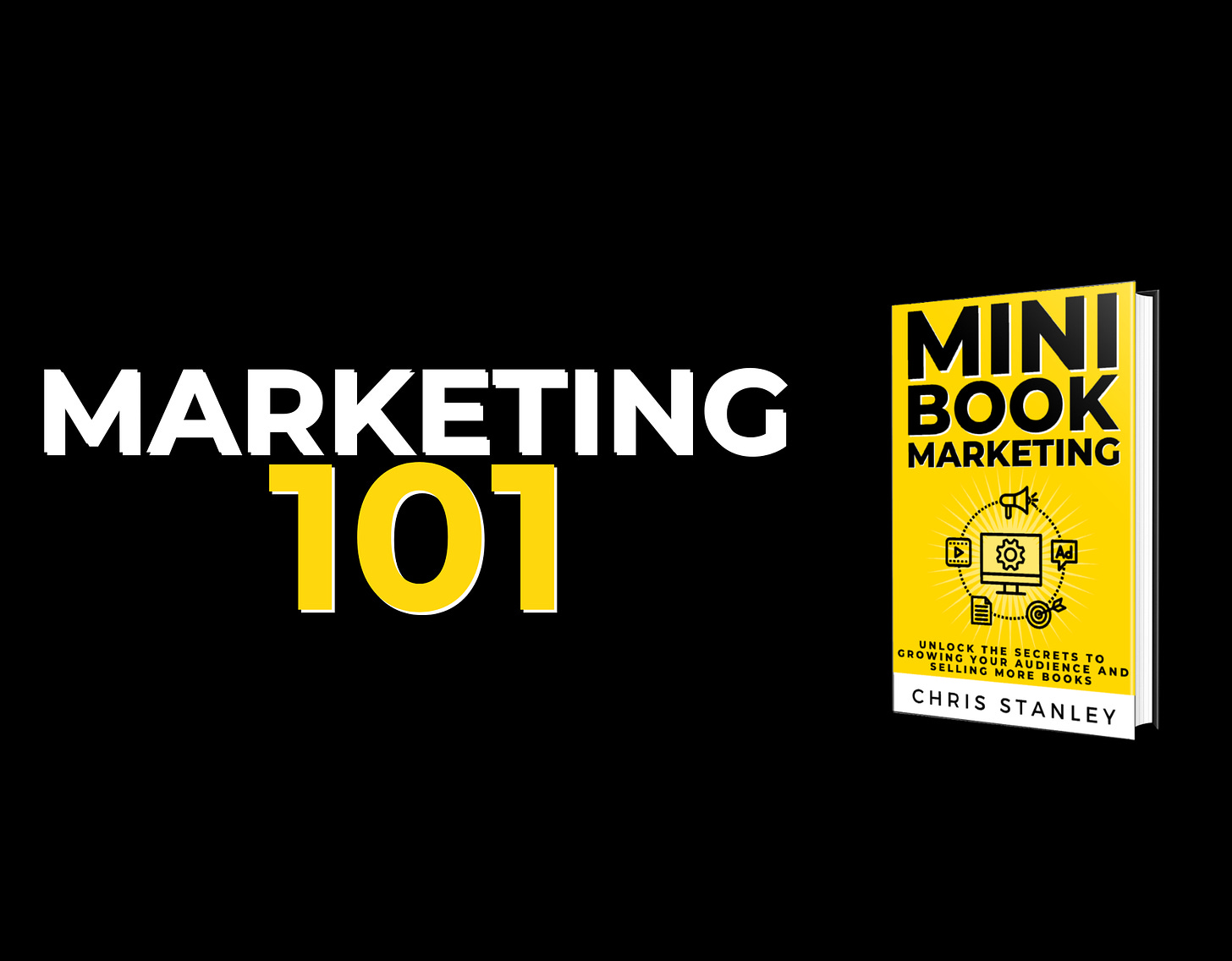Marketing 101: Turning Readers into Fans, The Real Job of Marketing
Introduction and Chapter 1 of Mini Book Marketing
Happy Monday Mini Book Masters.
This past week we had 9 people take part in our very first 7-Day Mini Book Sprint and at least 5 look to have completed a rough draft manuscript! WHOA!
You can see the titles that were started during the sprint by clicking HERE. I’ll be unveiling all their book covers I created for them as a part of the sprint later this we…
Keep reading with a 7-day free trial
Subscribe to Mini Book Publishing Accelerator to keep reading this post and get 7 days of free access to the full post archives.





